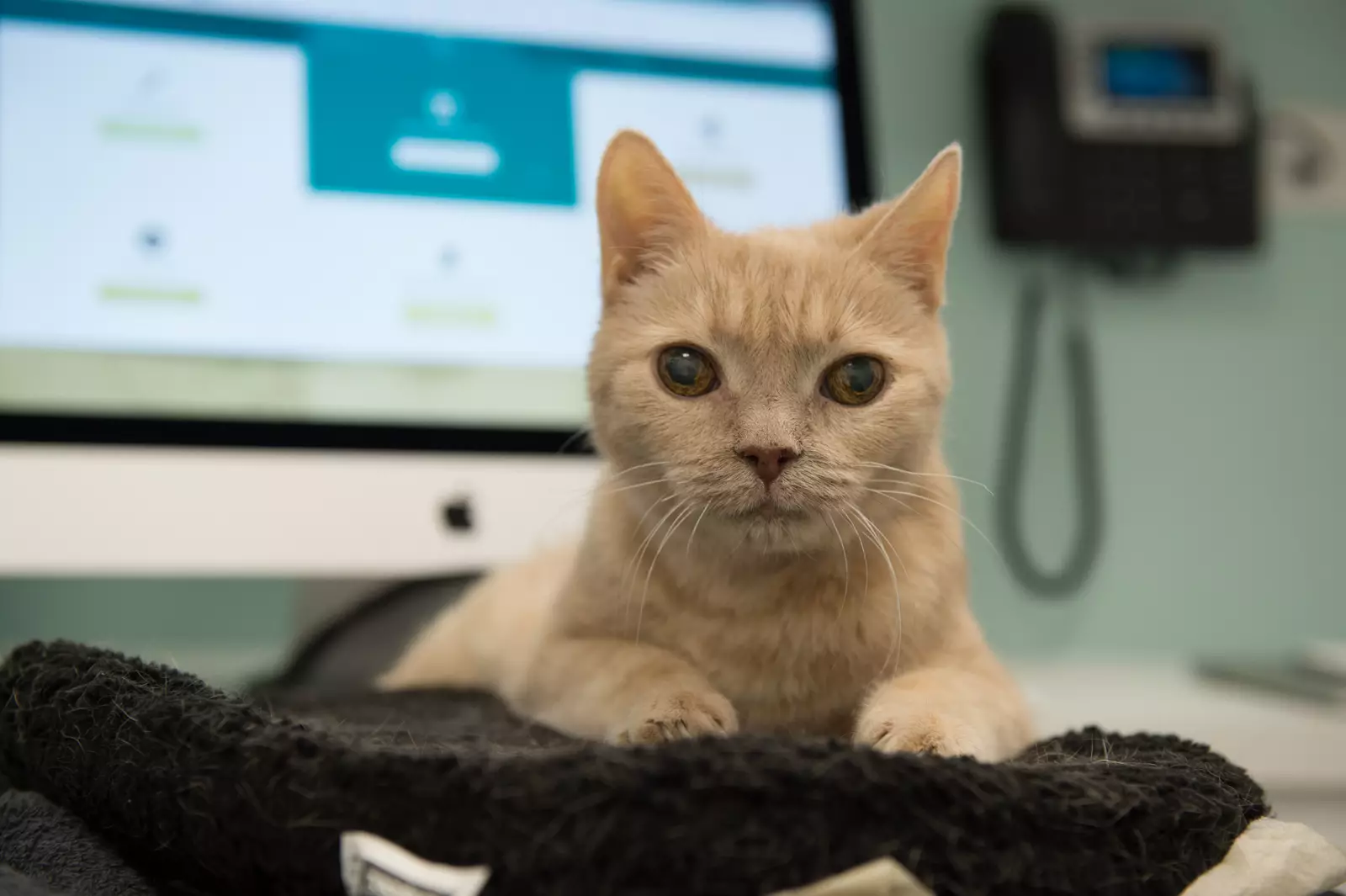Pet Dental Health Month serves as a crucial reminder of a pressing issue often overlooked in feline healthcare: dental disease. It is startling to note that an estimated 85% of cats over the age of three are affected by dental issues in the UK, with many cases going undetected due to the absence of visible symptoms. The London Cat Clinic, a prestigious establishment dedicated to feline health, highlights this alarming statistic to raise awareness among cat owners. Their expertise places them at the forefront of advanced dental care, yet they emphasize that more must be done to ensure that all cat owners recognize the importance of dental hygiene for their pets.
According to research from the Royal Veterinary College, only 15.2% of feline patients receive an official diagnosis for dental issues annually. However, this number is misleading; the underlying prevalence of dental disease is likely far greater. This disconnect illustrates the ‘silent epidemic’ affecting cats and showcases a vital need for increased awareness and education around dental care for our beloved feline companions.
Understanding the Link Between Dental and Overall Health
Dr. Rob Davis, a notable figure in veterinary dentistry and the President Elect of the British Veterinary Dental Association, leads the dental team at The London Cat Clinic. He points out the concerning trend of undiagnosed dental problems among cats, underlining the importance of recognizing the relationship between oral health and overall wellbeing. Periodontal disease, in particular, can pave the way for a host of secondary health complications, making it essential for cat owners to remain vigilant regarding their pets’ oral health.
Dr. Davis confirms that data generated from the clinic echoes the Royal Veterinary College’s findings, emphasizing that untreated dental conditions can result in heightened risks for general health issues in cats. The consequences of neglecting dental health are not just aesthetic; they can significantly degrade a cat’s quality of life, necessitating the need for preventive care and interventions to avert future problems.
One of the clinic’s primary recommendations is the introduction of dental care routines from a young age, including effective toothbrush training. The notion of brushing a cat’s teeth may appear daunting for many owners, yet Dr. Davis insists that the long-term benefits far outweigh the initial challenges. Establishing a routine early can foster a more manageable process for both pet and owner.
Moreover, the clinic dispels prevalent myths associated with feline dental care. For instance, some believe that a diet exclusively of dry food can ensure dental health, but Dr. Davis clarifies that many dental problems arise in regions of the mouth that don’t benefit from chewing. This underscores the importance of comprehensive dental care that includes regular professional assessments alongside at-home maintenance.
The Fundamental Importance of Regular Check-ups
As pets cannot articulate their discomfort, it is vital for owners to be proactive in their cat’s dental health. Dr. Jeremy Campbell, Clinical Director at The London Cat Clinic, emphasizes the stoic nature of cats, which frequently causes them to hide pain until it becomes unbearable. Regular dental check-ups can uncover issues before they worsen, ensuring that dental disease is not left unchecked.
The story of Skye, a seemingly healthy eight-year-old cat, illustrates this point effectively. Despite showing no visible signs of distress, Skye’s dental evaluation revealed significant underlying issues. This example highlights the desperate need for comprehensive dental checks and how they can enrich a cat’s overall quality of life.
Recognizing Warning Signs in Cats
Educating cat owners about the early signs of dental disease is essential. Careful monitoring of their feline companions can lead to timely interventions:
1. **Visible Plaque and Tartar**: Examine teeth for build-up, which can lead to more severe dental conditions.
2. **Red or Swollen Gums**: Signs of gingivitis, such as inflammation or bleeding, should prompt a veterinary consultation.
3. **Bad Breath**: While not unusual, persistent halitosis could be indicative of oral health issues.
4. **Discomfort While Eating**: If a cat changes its eating habits or shows reluctance to chew, it may signal dental pain.
5. **Loose or Missing Teeth**: Cats should have a complete set of 30 teeth; any deviations could indicate advanced dental concerns.
6. **Drooling**: Excessive drooling, particularly if accompanied by unpleasant odors, should alert owners to potential oral health problems.
The London Cat Clinic advocates that prevention is paramount for maintaining optimal dental health. Engaging in regular veterinary visits, professional dental cleanings, and daily oral care with cat-specific toothpaste can significantly mitigate the risk of dental diseases. As we observe Pet Dental Health Month, it is imperative for cat owners to reflect on their feline companions’ dental wellbeing. By promoting and prioritizing dental health, we can significantly enhance the lives of cats, ensuring they remain vibrant and joyful members of our families.
